~ * ~
This article and mixed media canvas was created by Melanie Statnick
1. Start with a blank canvas. I’ll be using a hard board canvas for more support. Cover the entire service with decorative tissue paper of your choice using Gel Medium. The paper creates great texture for this piece.
2. After you’ve dried the tissue paper start covering the surface with white acrylic paint. Dry between layers of paint.
3. Start layering your background starting with the lightest paint colors first. Apply paint in a diagonal fashion using back and forth strokes with a med size brush.
4. After your layers of paint have built a foundation as your background you’ll want to use an 8B graphite pencil to free hand sketch a character anywhere on your canvas.
5. Next you’ll want to go over the pencil line using a black marker. I suggest a 1.2 mm. Line the face and body. This will make your character stand out.
6. Using a ruler pick an open spot on your canvas to create a rectangular space to write. Using your black marker outline the rectangle twice creating blocks to write in words. Choose words that are inspiring to you.
7. To complete the painting use stamps and stencils of your favorite and create the next layer to your back ground. In some spots you may want to layer over your character as you see here. Add details to your characters body face and clothing. When using your stamps be sure to use permanent ink pad. I also suggest using lighter paint on a dark back ground when you stencil.
~*~*~*~*~*~*~*~*~*~*~*~*~*~*~*~*~*~*~*~*~*~*~*~*~
I’m a Canadian Mixed Media & Collage Artist out of North Carolina . I create art daily from my private studio. My artwork is fun and whimsy . I teach mixed media & Art Journaling online and in classroom. I hold mixed media workshops around the USA. My artwork can be found in art galleries and shops extensively in NC with international private collections. I have created my personal line of original stamps to purchase and use in your art. Look in my Etsy shop for my line.
Please visit my website to learn more about me and my work on Facebook.
~*~*~*~*~*~*~*~*~*~*~*~*~*~*~*~*~*~*~*~*~*~*~*~*~
.
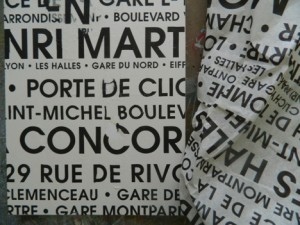
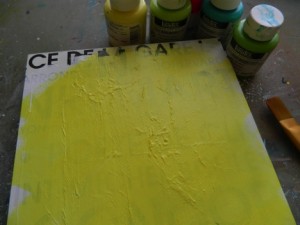
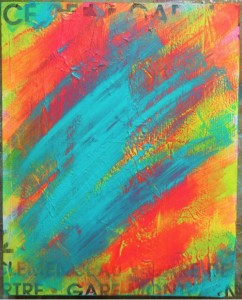
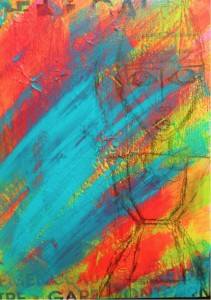
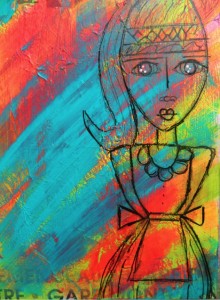
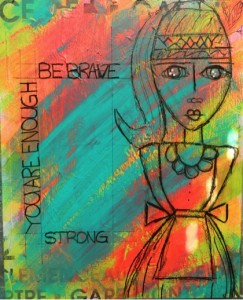
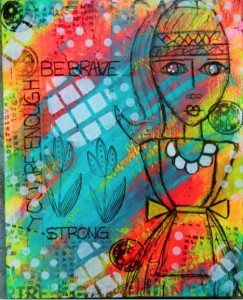
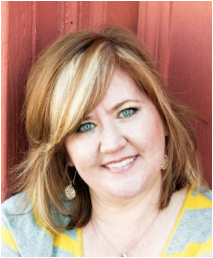
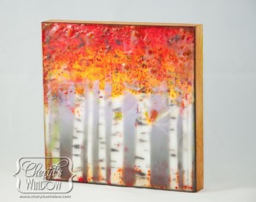
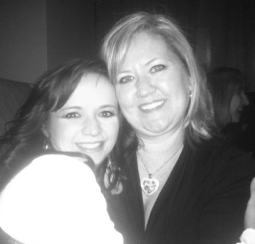
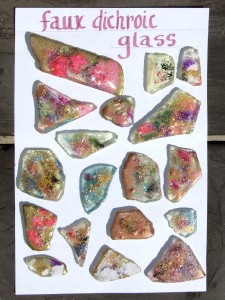
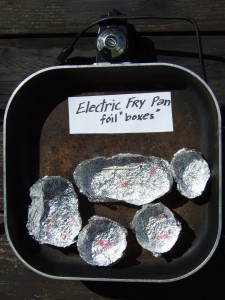
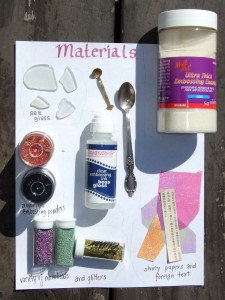
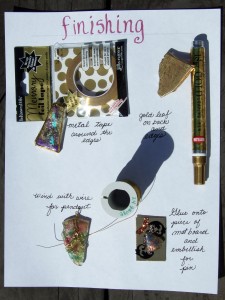
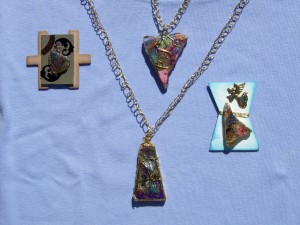
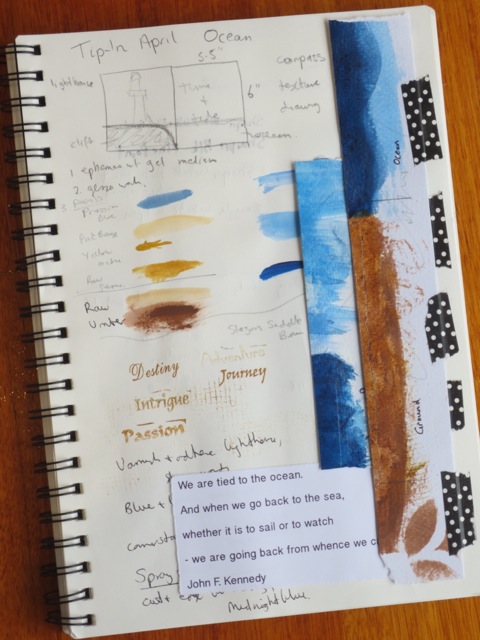
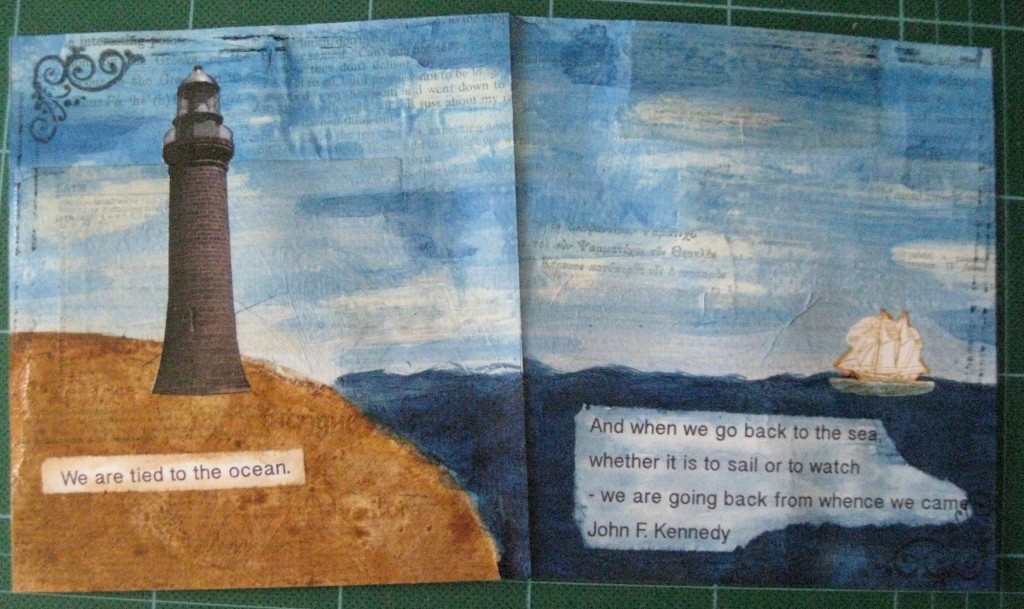


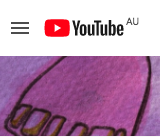
Recent Comments